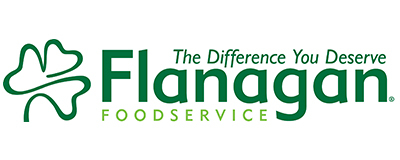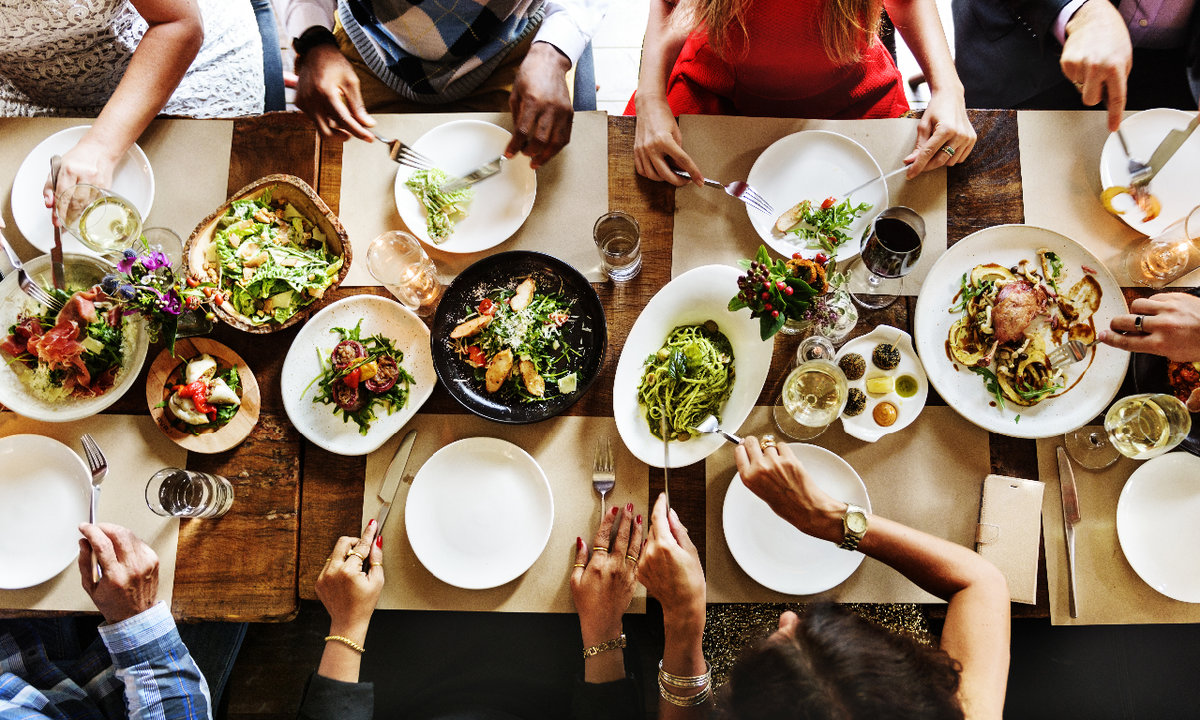
We collect basic website visitor information on this website and store it in cookies. We also utilize Google Analytics to track page view information to assist us in improving our website.

Could catering help restaurants bolster their bottom line? The question may seem counterintuitive since catering, like other areas of foodservice, has been hard-hit by the pandemic. But restaurateurs who have weathered pandemic restrictions and public hesitancy about dining out may be considering whether or not to add a catering operation.
Glenn Whitehead, owner of Plant Matter Kitchen and Plant Matter Café in London, Ontario, says, “Adding any possible revenue stream is probably just good common sense, to be honest. […] If you own a business right now and you’re open, then offering whatever you can is certainly something that I would strongly suggest.”
Jeff Dover, principal at fsSTRATEGY Inc., a foodservice and hospitality industry consultancy, adds, “The pro is that catering is more profitable than the restaurant business. Some of the fixed costs that impact the profitability of restaurants are known. You know how many orders, of what, and at what time. It also makes use of kitchens and kitchen labour that are idle or have excess capacity during COVID.”
On the con side, he points out that pandemic gathering limits affect the size of events, decreasing demand for catering. And many businesses that used to have staff meals catered now have those staff working remotely for the foreseeable future. No staff = no office catering.
Which has a better future: event (e.g., weddings) or office catering? The answer depends on whether you’re looking at the short term or beyond.
Dover says he’d choose event catering because these contracts “are typically larger and can involve alcohol-generating additional revenues.” He also notes the pent-up demand for event catering.
Public health restrictions, however, continue to restrict catering demand for such events. Whitehead is well aware of the pandemic’s impact on this part of his business. He catered hundreds of events before COVID-19 took hold, but that business dried up once restrictions hit. “Basically, we haven’t done a thing in a year,” he says.
Many variables influence when a hundred or more people will be able to get together again, Whitehead says. He doesn’t anticipate catering large events of any kind before mid- to late-2022. However, he does see opportunity in catering office lunches, especially in office towers where there are multiple businesses open with non-skeletal staffing.
Adding a catering operation requires fresh thinking about what catering means and how to plan carefully, especially as the third wave of the pandemic is making its presence felt in Canada.
Whitehead says, “Looking for other [revenue] streams is a critical piece to try to get enough sales to cover things and keep moving forward.”
Rather than the traditional weddings and conferences, foodservice operators looking to get into catering need to consider smaller-scale approaches that can generate revenues in the short term. In addition to the office lunch trade, options include catering meals for small gatherings at people’s homes and meal kits, both of which have become more popular during the pandemic.
Technomic, Inc., which provides insights to the foodservice industry, reports that for the second quarter of 2020 in Canada “45% of younger consumers, including Gen Zers and millennials, are buying more meal kits now from restaurants compared to before the pandemic.”
Whitehead says that with people being more cautious but also bored of cooking, restaurants can offer them more variety through items like meal plans and seasonal kits. “It’s a little bit less catering and more meal kits, but I would put it under that same category.”
He has always offered a meal plan service, with clients who come twice a week to pick up several days’ worth of assembled meals. “They don’t have to do anything but heat them up,” he says, “so that’s certainly an option that I think will continue to grow.”
Operators exploring adding a catering operation should think about the following considerations.
Written by Marlene Cornelis.
Visit chefconnexion.com for more expert tips

